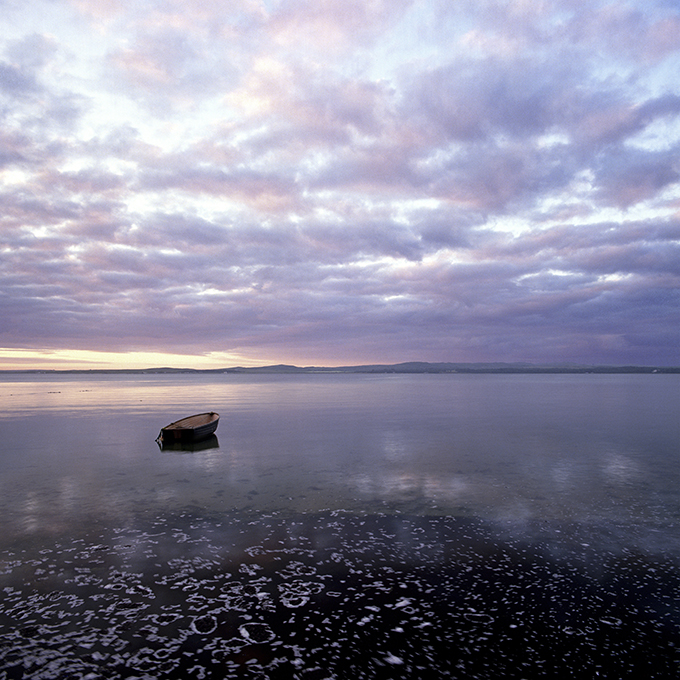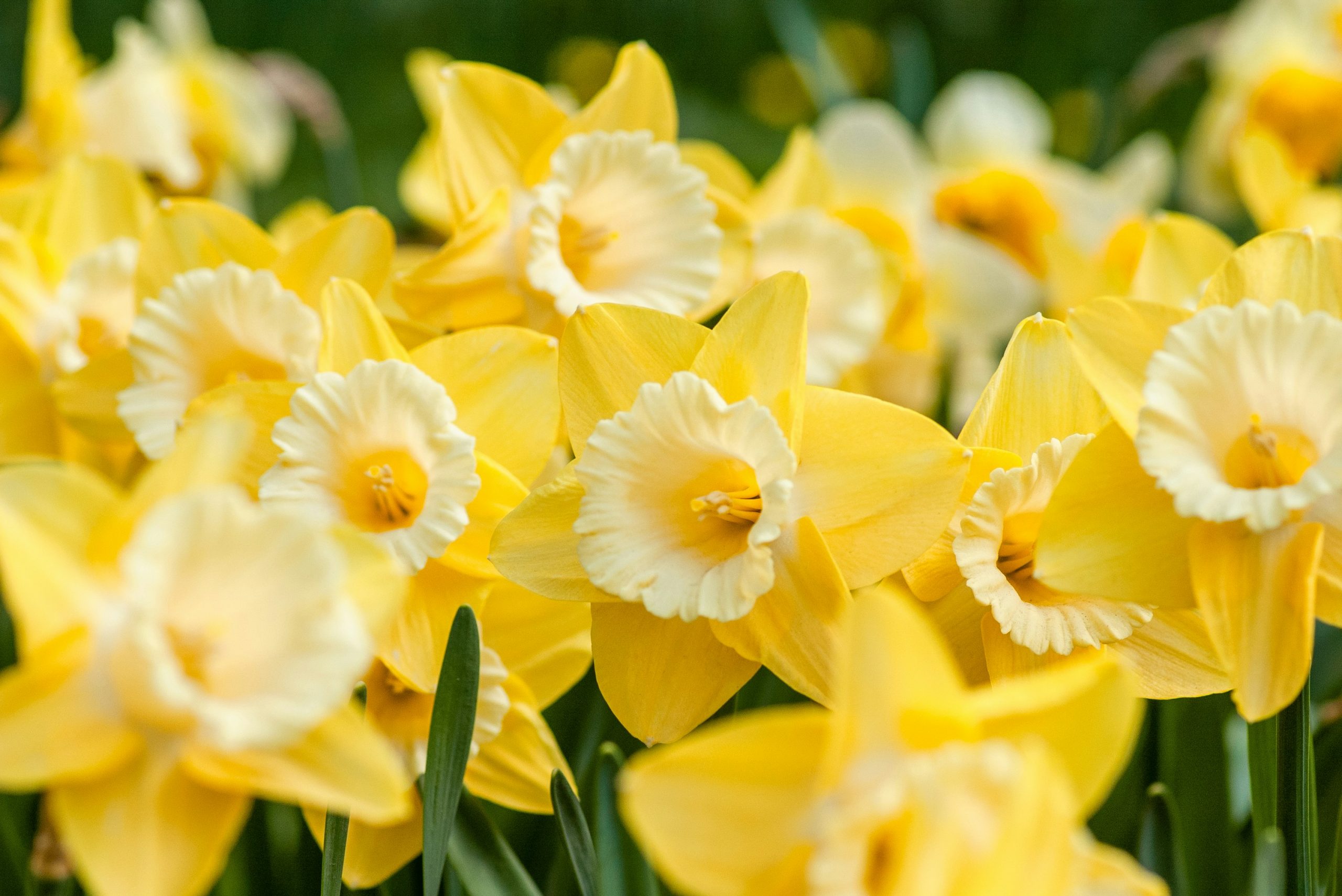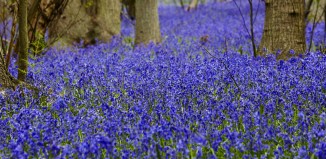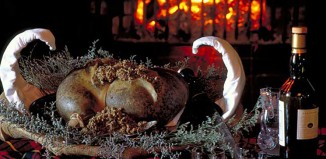The best whisky distilleries in Scotland
There is nothing more warming on a cold winter’s day than a wee dram of whisky. We look at its history and pick some of the best distilleries in Scotland
Whisky, Scotland’s national drink, is woven into the fabric of the country’s culture and customs. Historically used for medicinal purposes, and prescribed for the relief of colic, palsy and smallpox, the drink made its way into the social sphere in Scotland as a warming pick-me-up during the harsh winters.
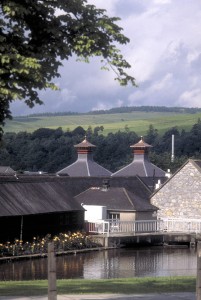
The first official record of whisky in Scotland dates back to 1494 when Friar John Cor of Lindores Abbey in Fife was granted the king’s commission to make what translated as “water of life” (the word “whisky” derives from the Gaelic phrase uisge beatha of the same meaning).
One theory is that monks brought distillation with them to Britain along with Christianity in the fourth and fifth centuries, but it has also been argued that Highland farmers might have discovered how to distil spirits from their surplus rain-soaked barley.
Either way, the history of whisky is inextricably linked with water – an integral part of distillation, of course, and in no short supply in Scotland with its famous mountain burns.
The increasing popularity of whisky did not go unnoticed by the government and in 1644 the Scottish Parliament imposed the first tax on spirits. Following the Act of Union between England and Scotland in 1707, whisky became a target of those aiming to tame the rebellious Scottish clans, and tax on whisky rose higher.
This unpopular move generated a huge black market for whisky – and helps to explain why so many of today’s distilleries are located in such remote areas of Scotland, away from the eyes of the king’s excisemen. Smuggling was rife, with stories of whisky barrels hidden in pulpits or transported in coffins. However, thanks to the intervention of the 5th Duke of Gordon, whose Scottish estates produced fine illicit whisky, the Excise Act of 1823 sanctioned the distilling of whisky in return for a licence fee of £10, as well as a small payment per gallon of spirit produced. As a result, smuggling died out almost completely and, in fact, many of the present day distilleries stand on sites formerly used by smugglers.
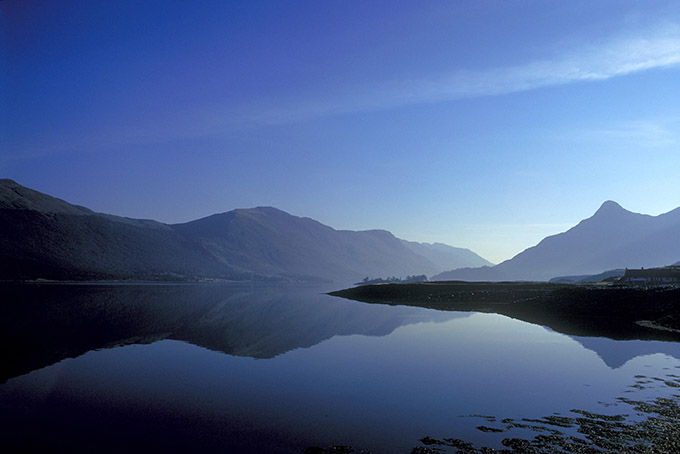
There are five widely recognised whisky-making regions of Scotland: Highland, Lowland, Islay, Campbeltown and Speyside. Here are a few of the whisky distilleries you can look out for in each region.
Highland
From Orkney in the north to the Isle of Arran in the south, the Highland region is the largest of the whisky-producing areas, offering a wide and varied range. Dalmore is famous for its stag-branded bottles, as well as for the fact a 62-year-old bottle sold in Asia for a whopping £125,000. At Glenmorangie, one of whisky’s most famous names, there are three tours you can try – the Original, Signet and Heritage – it’s possible to stay in the 17th-century Glenmorangie House. Meanwhile Balblair, on the idyllic coast of the Dornoch Firth, rolled out its first barrels in 1790 and produces Highland single malt whiskies that it dubs “the essence of a year in a bottle” – as the product of just one year, they are the perfect present for a special birthday or anniversary.
On the west coast, you can visit Ben Nevis Distillery, which promises a tour from a mythical giant named Hector McDram, and Oban Distillery, one of the oldest distilleries pre-dating the town of Oban and originally established in 1794 by brothers John and Hugh Stevenson. A ferry journey over to the island of Mull, a place steeped in mystery and legend, will lead you to the Tobermory Distillery, which lies in a tranquil harbour. While you are on Mull don’t miss the ancient Lochbuie stone circle or Loch Ba said to once be home to the Cailleach Bheur – a powerful witch.
Lowland
In a reflection of the gentle Lowland landscape, the Scotch whisky from this region tends to be light and subtle. Rising Phoenix-like from its ruins, Annandale Distillery in Dumfries and Galloway was opened by HRH The Princess Royal and is making its first spirit since the distillery closed its doors 100 years ago.
Speyside
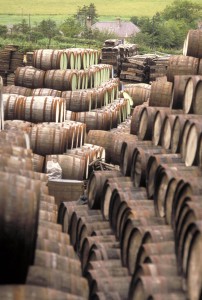
Perhaps the most famous whisky region of them all is Speyside in the north-east of Scotland, home to the highest number of distilleries. The Quaich Bar at the recently refurbished Craigellachie Hotel boasts no fewer than 700 single malts and Aberlour’s Mash Tun also has an excellent whisky list. In Speyside, famous names abound such as Glenfiddich, Macallan and Glenfarclas.
Campbeltown
Once boasting more than 30 distilleries and known as the “whisky capital of the world” in the 1800s, Campbeltown, on the Kintyre peninsula, now has just three: Glen Scotia, Glengyle and Springbank. At the latter, the Frank McHardy Tour offers four hours in the company of the eponymous whisky legend himself who offers a tour of Campbeltown that reveals key locations of historical interest.
Islay
The tiny island of Islay, the southernmost island of the Inner Hebrides off the west coast of Scotland, has a population of just 3,000, but is home to some iconic whisky distilleries, including Ardbeg, Lagavulin and Laphroaig. All three are on the south coast and all three do tours. Look out for Dunyvaig Castle, on the shore of Lagavulin Bay, once a naval base of the “Lord of the Isles”, chiefs of Clan Donald.
